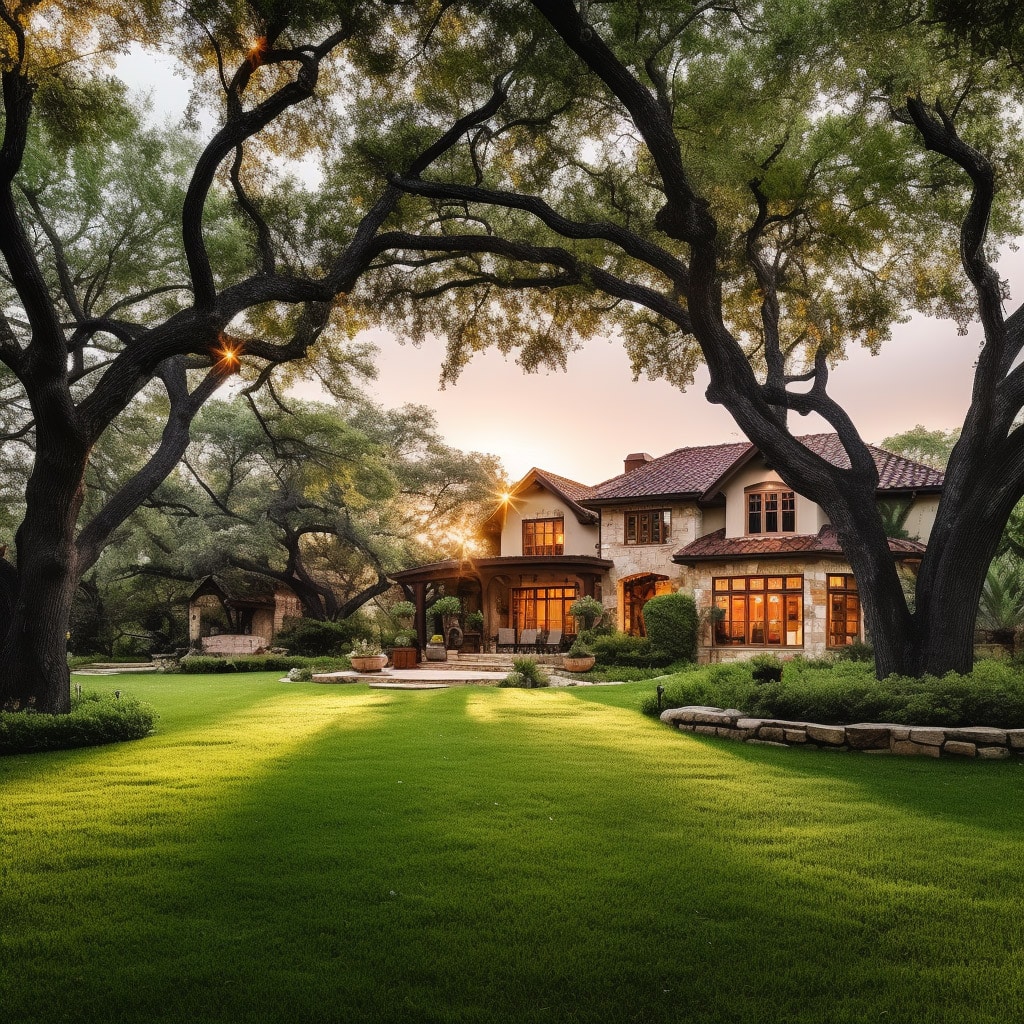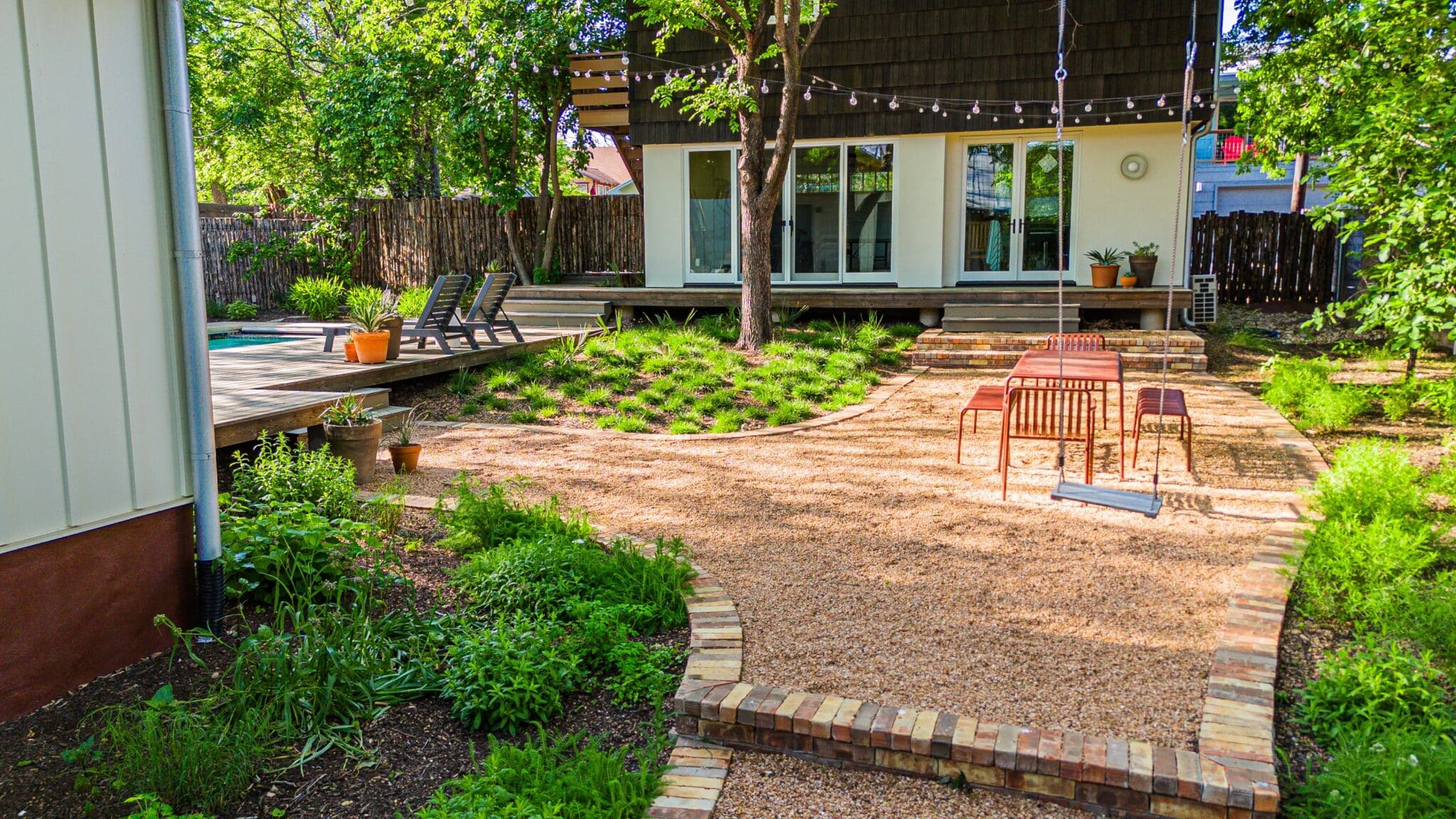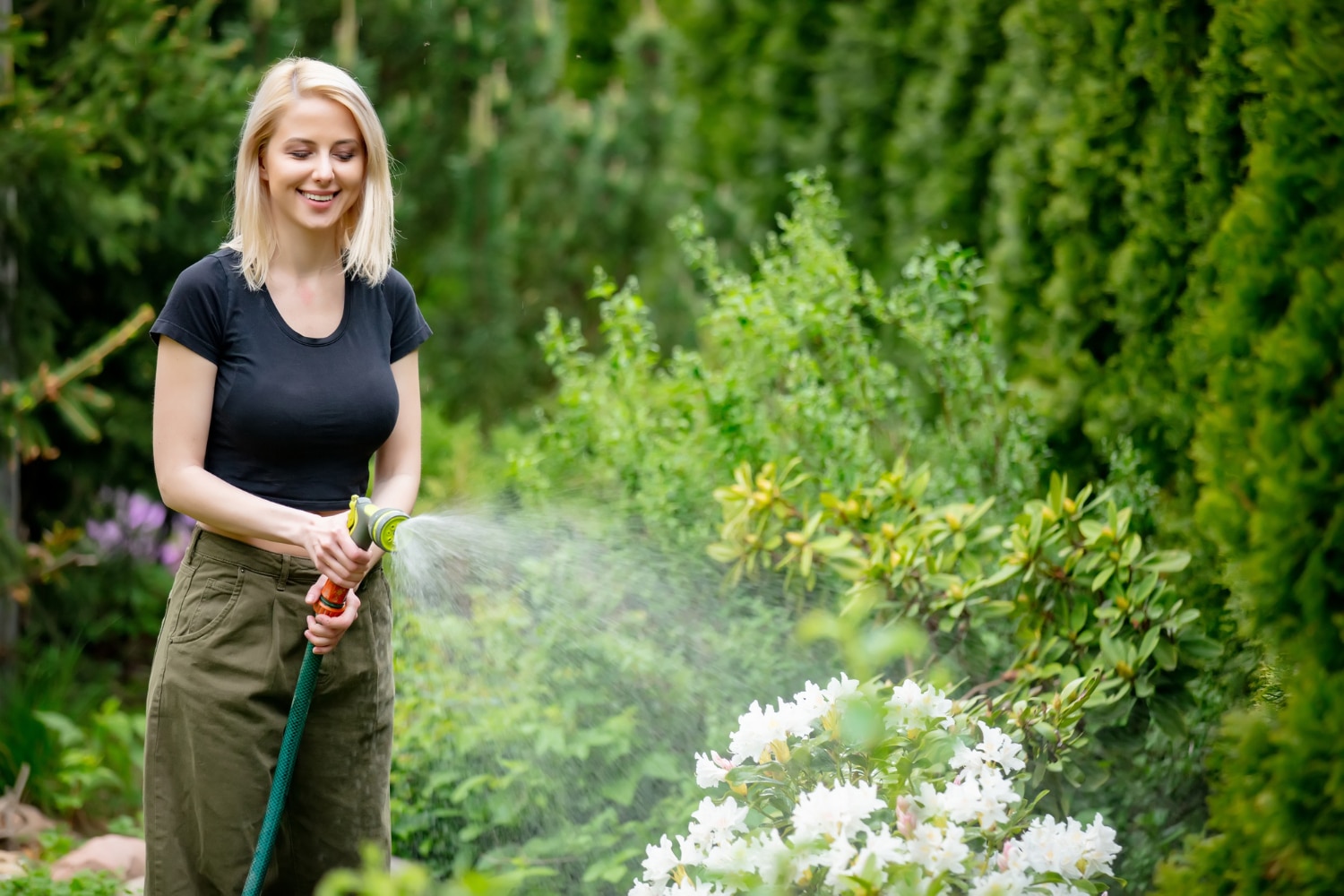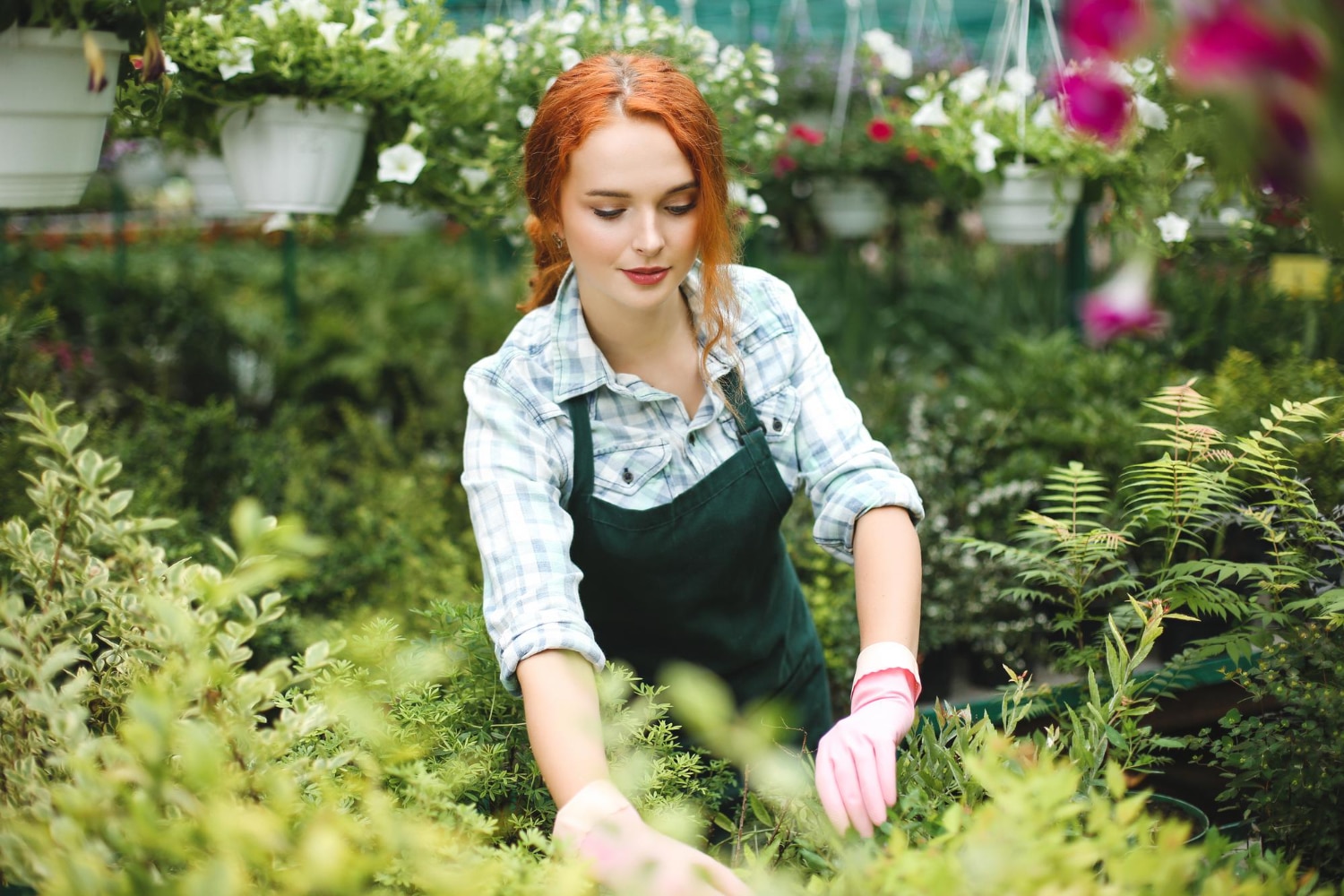Creating the perfect outdoor space is an art that harmoniously blends functionality, beauty, and sustainability. Thoughtful landscape design not only enhances the aesthetic appeal and value of a property but also ensures a seamless integration of the natural and built environments.
Understanding Your Space
Evaluating the existing space is crucial, taking into account its size, shape, topography, and environmental conditions. Visualizing the potential through sketches or professional design software can spark creativity and help in planning.
Design Principles: The Foundation of Landscape Aesthetics
The basic principles of landscape design—balance, contrast, unity, scale, and proportion—serve as guidelines for arranging plants, structures, and pathways, ensuring a cohesive and appealing outdoor area.
- Design Principles: The Foundation of Landscape Aesthetics
The basic principles of landscape design—balance, contrast, unity, scale, and proportion—serve as guidelines for arranging plants, structures, and pathways, ensuring a cohesive and appealing outdoor area. - Plant Selection: The Heart of Your Landscape
Selecting the right plants is vital for a landscape’s success. Choosing species that thrive in the local climate and soil, and using a mix of perennials and annuals, can create a vibrant, year-round garden. - Hardscaping Elements: Adding Structure and Functionality
Hardscaping, including pathways, patios, decks, and retaining walls, adds structure and functionality. Selecting materials that complement the natural surroundings is essential for a harmonious design. - Water Features: Bringing Life and Movement
Water features add a dynamic element to landscapes. Ponds, fountains, and waterfalls can create a serene atmosphere, with considerations for maintenance and water conservation. - Outdoor Living Spaces: Extending the Home into Nature
Outdoor living areas, like kitchens and fire pits, extend the home’s functionality into nature, providing comfortable and inviting spaces for year-round enjoyment. - Lighting: Illuminating the Beauty of Your Landscape
Landscape lighting enhances aesthetics, safety, and extends outdoor usability into the evening. Choosing the right fixtures and techniques can highlight landscape features beautifully. - Sustainability Practices: Designing with the Environment in Mind
Incorporating sustainable practices, such as rain gardens and drip irrigation, supports environmental health and reduces maintenance costs over time.
Implementing Your Design
Moving from concept to reality involves planning, budgeting, and possibly engaging professional landscapers. For large projects, phased implementation can be practical and budget-friendly.
Conclusion
The key components of crafting the perfect outdoor space revolve around a deep appreciation for design principles, plant selection, hardscaping, and sustainability. Approaching landscape design as a creative project enhances the connection to the natural world.





